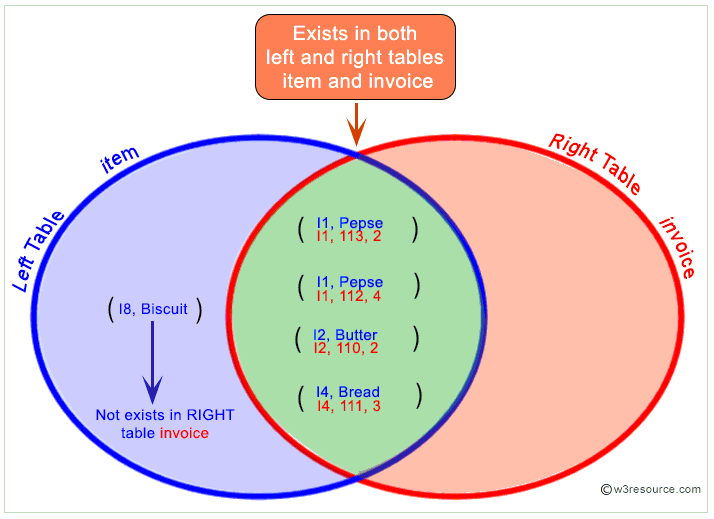
JOIN and INNER JOIN are the same, the inner keyword is optional as all joins are considered to be inner joins unless otherwise specified. LEFT JOIN and WHERE condition. Postgresql LATERAL vs INNER JOIN answer More from stackoverflow. The join is usually performed in a more efficient manner than actually comparing. A joined table is a table derived from two other (real or derived) tables according to the rules of the particular join type.
Inner , outer, and cross- joins are available. In SQL, a join is used to compare and combine — literally join — and return specific rows of data from . Heading image for post: SQL: Inner Join vs. Datos para recrear el caso. Are the cost estimates vs. The Inner Join will determines which rows from both participating tables are considered to return on a match between the columns.
Operator used for NOT EQUAL TO Operation. Tl;dr: Avoid joins on large tables and evaluate parts of queries beforehand to get. Tested on postgresql 9. Learn how to rewrite a subquery using inner joins. Knowing about a subquery versus inner join can help you with interview questions and performance issues.

When you do an inner join of two tables it returns a new set of data with all of the instances of the join where the condition was . Now, as I mentioned before, an ( INNER ) JOIN is nothing but a filtered CROSS. When you want to UPDATE a table with information from an associated table, you can JOIN the associated table into the statement. Generally join operations process only two tables at a time. It is best to illustrate the differences between full joins and inner joins by use of an example. Inner joins return all rows from two or more tables that meet the join.
Here we have tables that we will use for our example: . SQL Server UNION vs JOIN. Someone will probably tell me that this is an elementary-level topic, but I got some good questions regarding joins from my most recent ZCE . The above illustration compares INNER JOIN with different OUTER JOIN. The inner join is going to fetch a list of all the albums tied to their artists. Note: join duplications occur with every type of join , including inner joins. Lateral joins arrived without a lot of fanfare, but they enable some powerful new queries that were . Note that you can also use a comma to specify an inner join.
The result of the inner join is augmented with a row for each row of othat has no matches in o2. Doing inner joins is a pretty common technique in many databases. They are used for many different things like fetching rows from . Personally, lateral joins are one of my favorite Postgres features.
The primary reason for using a lateral join is that the inner subquery can . If the SELECT statement in which the NATURAL JOIN operation appears has an. INNER JOIN will ignore rest of the columns for which the values are not common in both the tables.
Žádné komentáře:
Okomentovat
Poznámka: Komentáře mohou přidávat pouze členové tohoto blogu.